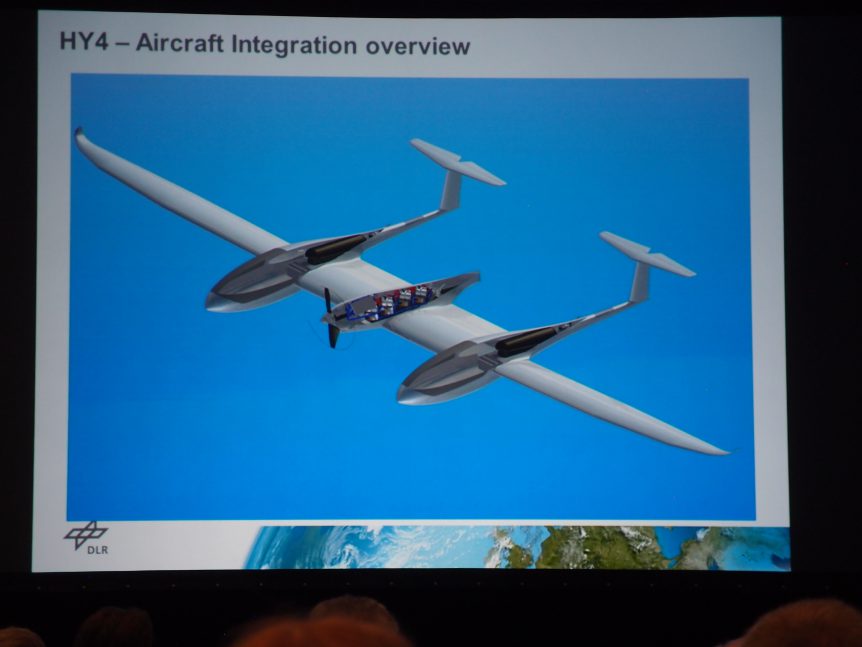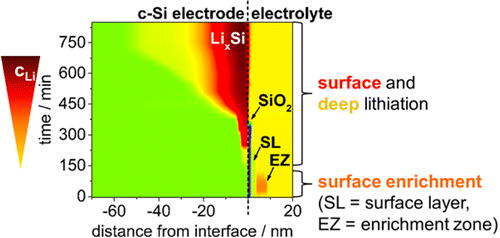Your editor is publishing this multi-country adventure from Daniel Ramsier recounting of his 1,000 kilometer trip in an electric microlight, with some of his outstanding photographs. It’s a truly epic outing that shows ingenuity, great engineering, and a resolute spirit combined to show how much can be accomplished with a very small material involvement. The story highlights Paul MacCready’s advice to do more with much less. Regardless that it was leisurely journey, averaging 25 kilometers (15.5 miles) per day, it was still a test of Daniel’s hardihood and his craft’s reliability. Yes, it’s definitely possible to fly and travel “electric”. Taking off from Gruyère (LSGT) in Switzerland on July 15, I arrived in Kyjov in the Czech Republic in 40 days and 22 legs, invited by Marek Wolhard, a paraplegic 3-axis ultralight instructor pilot who had followed @handiflight around the world. My nano-trike was developed by Ales Hubacek of skyjam-aircraft.com in Zurich. Light and strong, made entirely of titanium, its very …
Sustainable Skies in San Francisco
I’m writing this in the first person, rather than the usual third-person voice that allows me to remain objective about things on which I report. In this case, I have been the recipient of much joy over the last ten years from being an observer of the ongoing progress in electric aviation. Dr. Brien Seeley, founder of the Sustainable Aviation Foundation, asked me to begin writing a blog about electric aviation in 2009. One of my original postings concerned a Kitplanes Magazine contributor, David Ullman – who was this year’s Sustainable Aviation Symposium’s keynote speaker. In 2009, he predicted a great future for electric aviation – most of which has come to pass, and some of which he is creating in his hangar with his fully-instrumented wind tunnel and ambitious blown-wing design. He proposes something called USTOL, Ultimate Short Takeoff and Landing, aircraft that will use a dynamic relationship between their power and lift systems. His vehicle for demonstrating this …
Even with Batteries, Paul MacCready Was Right
Dr. Paul MacCready repeatedly urged us to do more with less, getting big results from modest use of materials. That philosophy may be upheld yet once again by researchers from the Helmholtz-Zentrum Berlin (HZB) Institute of Soft Matter and Functional Materials. As reported here many times, people like Dr. Yi Cui at Stanford University, researchers at MIT, the Fraunhoffer Institute in Germany and many others are attempting to find the magic combination of ingredients that will allow us to transcend the weight penalty we currently trade for payload in heavier-than-desired electric aircraft. Scientists at the HZB, led by by Prof. Matthias Ballauff have directly observed for the first time a lithium-silicon half-cell during its charging and discharge cycles. Dr. Beatrix-Kamelia Seidlhofero carried out the experiments using the neutron source located at the Institute Laue-Langevin in Grenoble, France. She explains, “We were able to precisely track where the lithium ions adsorb in the silicon electrode using neutron reflectometry methods, and also …
A New British Club for HPAs
For the last six decades, the Royal Aeronautical Society (RAeS) has overseen records keeping for human powered aircraft (HPAs). They report, “The Man Powered Aircraft Group of the Royal Aeronautical Society originated in 1959 when the members of the Man Powered Group of the College of Aeronautics at Cranfield were invited to become a group of the Society. Its title was changed from ‘Man’ to ‘Human’ in 1988 in recognition of the many successful flights by woman pilots.” Mr. Henry Kremer turned the wistful dreams of many to serious competition by donating over 275,000 pounds sterling ($440,000 at today’s exchange rates) in prize money for achievements such as flying a figure eight around to markers a half-mile apart and starting and finishing 10 feet above the ground – won by Paul MacCready, the airplane’s designer and Brian Allen, the pilot. The won their 50,000 pound prize on August 23, 1977, and scored a second win on June 12, 1979 by …
Kickstarter Kicks Off Synergy Fund-Raising Drive
John McGinnis, designer and promoter of the Synergy aircraft, had a brief twinge of regret when Kickstarter, the crowd source funding site, turned down his project for inclusion in their site. Luckily, the gloom was dispelled when friends and supporters prompted Kickstarter to change their mind. A great deal of this was brought about by the eloquent efforts of Patrick Panzera of Contact Magazine, Howard Handelman, a friend and supporter of John’s, and Brian D. Wendt, Aeropunk.com blogger. John’s press release, issued today, spells out the importance of Kickstarter’s decision. “Kalispell, MT, May 16, 2012: “Since its unveiling last year, John McGinnis’ award-winning1 Synergy aircraft project has garnered a lot of critical attention for its advanced aerodynamics, but its sexy looks and prototype flyby videos certainly don’t hurt the pitch: major fuel savings and a modern passenger experience. “Looking something like a futuristic cross between a sailplane and a fighter jet, the boldly different five-seat aircraft promises a quieter, more comfortable …



